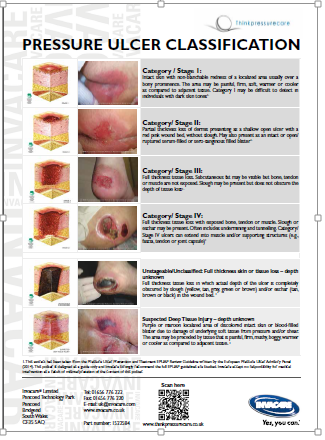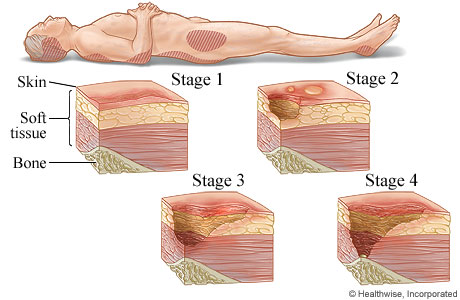
Fortunately, there are many treatments for pressure sores, including creams, ointments, and pads. These can help to prevent new sores from developing and heal existing ones. During the early stage, pink tissue will often show up along the sides. While the sore will remain red for a while, it will gradually turn pink and heal itself. A nurse can help you with this process and can also give you additional tips for treatment.
It is important to follow a nutritionally balanced diet if you suffer from pressure sores. Eating a diet rich in vitamins and minerals can help the sore heal faster and protect the skin’s integrity. In addition, taking zinc and vitamin C supplements can increase circulation. Some pharmacies carry these supplements and can help you find a natural remedy. In addition, use of ring or donut shaped cushions may reduce the amount of blood flow in the affected area, which can contribute to sores.
Aside from using a mild soap and water, you can also apply a protective dressing to the affected area to minimize the chances of new sores. However, you should not apply anything to the sore until it’s completely healed. It’s important to remember that even if you’re not feeling any discomfort, you can still get relief from pressure sores. This is especially important if you’re prone to developing sores.
Pressure sores are a common complication for caregivers. Proper care can help prevent these infections and minimize the discomfort associated with them. The National Institute for Health and Care Excellence (NICE) recommends that all people in the care of an elderly or disabled person undergo a risk assessment. This assessment should be done regularly. Depending on the severity of the sore, the healthcare provider may prescribe a variety of medications.
In addition to preventing bedsores, you should wipe the affected area with a clean, disinfected cloth every time you change the bandage. A saline solution is a solution of salt water. Some doctors recommend using tap water as a cleanser. It is important to practice good hand hygiene when applying a bandage to the affected area. The health site https://beatstherapeutics.com/

will also advise you on which medications to use.
At the first stage of bedsores, your doctor will evaluate your condition. They will examine your skin and check for signs of pressure sores. Moreover, they will be able to take a photo and track the sore. These records will help your healthcare provider determine the severity of the ulcer and monitor its response to treatment. If the ulcer becomes infected, you should consult a doctor immediately.
In the second stage of bedsore treatment, bandages should be avoided. This will prevent further infection. In addition to preventing the growth of new tissue, these bandages will also protect the affected area from dirt and moisture. They will also help the wound heal. The process may take two to four weeks, depending on the severity of the bedsore. If you have to change your bandage frequently, you should consult your doctor.
Bedsores are caused by friction, moisture and stretching of the skin. Proper care is essential when treating this disease. In some cases, ulcers may require surgery. These are not the only bedsore treatment methods, but they can help you cure them. They are also important for your well-being. If you have a family member or caregiver, they can examine your wound.
In the initial stages, bedsores are often invisible, so a healthcare professional can prescribe the best treatment options. It is important to keep the ulcer clean and free of dead tissue as this will help the skin heal faster. If you develop an ulcer, wash it gently with mild soap and water. Do not apply any bandages to the wound. If it becomes infected, surgery may be required.
The most effective pressure sore treatments are aimed at preventing and minimizing recurrence. After you remove the pressure, the skin may remain red or pink. In the meantime, you should continue to keep the area clean and covered. Make sure you eat adequate calories and minerals. At least once a day, inspect the affected area and call your healthcare provider if it doesn’t improve after two days. The treatment will depend on your individual circumstances and on your condition.